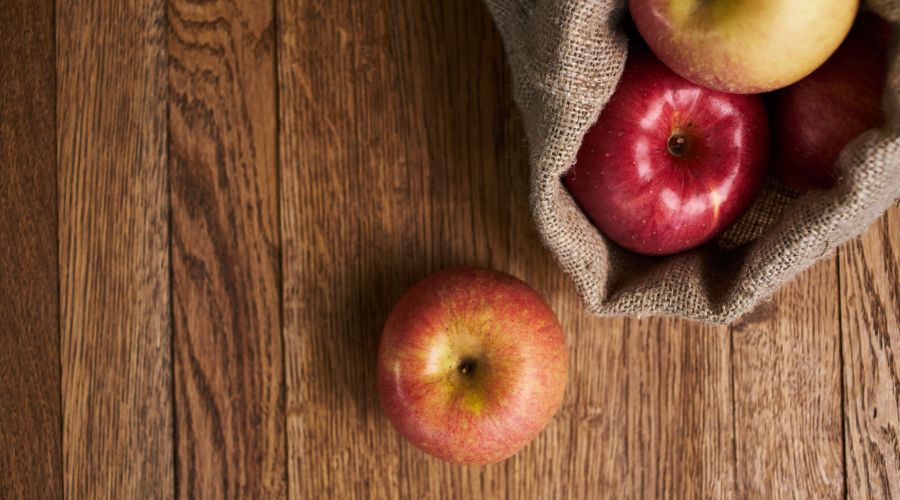New revenue streams from horticultural crop waste identified
28th March 2025
A new report from Growing Kent & Medway highlights the untapped potential of waste from horticultural crops to be transformed into high-value chemicals and materials.

The paper explains that advances in biotechnology could offer new revenue streams for fruit, viticulture and hop growers, while also helping to reduce the sector’s environmental footprint.
It also explores the vast range of potential new uses for by-products and waste streams that could otherwise be heading for landfills or biodigesters.
The report demonstrates that sectors such as pharmaceutical, cosmetic and construction could benefit from transforming crop waste materials such as pomace, peelings and trimmings, and non-edible parts of the plants.
Compounds found within waste fruit can be used as natural alternatives to chemical food additives and dyes, antioxidants found in hops can be used to develop cancer-fighting drugs, and straw can be used to make sustainable construction materials and packaging.
The report also establishes the need for a joined-up approach between food producers, scientists and innovative bio-refinery businesses to understand and realise the untapped potential of the waste material.
Creating new markets and value for growers
Dr Nikki Harrison, director for Growing Kent & Medway, said: “Finding new uses from parts of the crop we grow but don’t currently use not only helps create new markets and value for growers and farmers but can also improve the environmental impact of our UK food systems.
“We need a coordinated approach and targeted investment across the sector to ensure we have the technology, transportation, and processing systems in place to capitalise on these scientific advancements.
“This would enable us to scale-up the transformation of our waste streams more rapidly into new, valuable products, generating new income opportunities for a sector that struggles with profitability due to rising costs.”
Dr Rob Barker, associate professor in sustainable chemistry, University of Kent, who contributed to the report, added that horticultural residues range from high-value compounds, suitable for applications in the food, cosmetics, and pharmaceutical industries, to high-volume, lower-value materials that can be repurposed for bioenergy, biofertilisers, and compostable packaging.
“As research and technology continue to advance, we can expect to see even more innovative applications for horticultural waste, driving a circular economy that prioritises resource efficiency and environmental responsibility,” the expert continued.
A wide range of potential uses for crop waste is highlighted in the report, from the development of sustainable bioplastics, perfumes, soil amendments and animal feed.
Dr Harrison added: “This is not about redirecting crops originally destined for our plates to create moisturisers; this is about creating new products that make better use of the whole plant and any produce which can’t be sold, which costs growers money, time and resources to grow. It is about creating a circular economy for the consumer, the growers and our planet.”
Scientists from the University of Kent, the University of Greenwich, Canterbury Christ Church University and Niab contributed to the publication.
Read the full report, Plant Crop Waste and Valorisation in South East England: The Potential of Horticultural By-products for a Biobased Circular Economy, on the Growing Kent & Medway website.
Summary reports are also available for specific crop groups, including fruit, grape, vegetable, hop, cereal and mushroom waste.
Read more fruit news.
